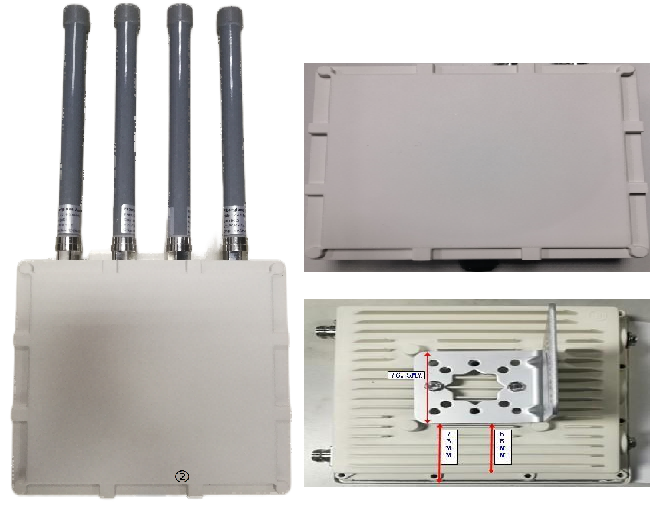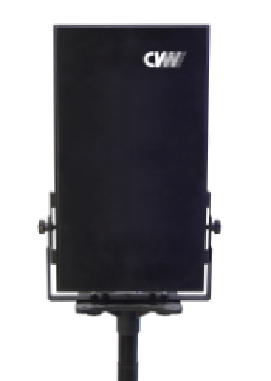Construction machinery plays a vital role in the modern construction industry, enabling the completion of complex projects efficiently and effectively. From excavators and bulldozers to cranes and loaders, these machines are designed to perform heavy-duty tasks that would otherwise be impossible for human labor alone. In this article, we will delve into the inner workings of construction machinery, exploring the key components, mechanisms, and technologies that make these powerful machines function.
1. Power Sources
Construction machinery relies on various power sources to generate the energy required for its operation. The most common power sources include diesel engines, electric motors, and hydraulic systems. Diesel engines are widely used due to their high torque output and durability, making them suitable for heavy-duty applications. Electric motors, on the other hand, are more environmentally friendly and are often found in smaller construction machinery. Hydraulic systems utilize pressurized fluids to generate power, enabling precise control and efficient operation.
2. Structural Components
The structural components of construction machinery are designed to withstand the immense forces and stresses encountered during operation. These components include the chassis, boom, arm, bucket, and tracks or wheels, depending on the type of machinery. The chassis provides the foundation and stability for the machine, while the boom, arm, and bucket are responsible for performing specific tasks such as digging, lifting, or carrying materials. Tracks or wheels allow for mobility and maneuverability on different terrains.
3. Hydraulic Systems
Hydraulic systems are integral to the operation of construction machinery, providing the necessary power for various functions. These systems consist of hydraulic pumps, cylinders, valves, and hoses. The hydraulic pump pressurizes the fluid, which is then distributed through the hoses to the cylinders and valves. The cylinders convert the hydraulic pressure into mechanical force, enabling the movement of the machine's components. Valves control the flow and direction of the hydraulic fluid, allowing for precise control of the machinery's movements.
4. Control Systems
Control systems in construction machinery are responsible for managing and coordinating the various functions and movements of the machine. These systems can be mechanical, electrical, or computer-based. Mechanical control systems use levers, pedals, and switches to operate the machinery manually. Electrical control systems utilize sensors, switches, and relays to automate certain functions and improve precision. Computer-based control systems, known as electronic control units (ECUs), rely on software algorithms to monitor and control the machinery's operations, enhancing efficiency and safety.
5. Safety Features
Construction machinery is equipped with numerous safety features to protect operators and prevent accidents. These features include rollover protection structures (ROPS), falling object protection structures (FOPS), backup alarms, and emergency stop buttons. ROPS and FOPS provide a protective cage around the operator's compartment, shielding them from potential hazards. Backup alarms alert nearby workers of the machinery's movement, reducing the risk of collisions. Emergency stop buttons allow operators to quickly halt the machine's operation in case of an emergency.
Conclusion
Construction machinery is a marvel of engineering, combining power, precision, and safety to tackle the most demanding construction projects. Understanding the inner workings of these machines, from power sources and structural components to hydraulic and control systems, provides a deeper appreciation for their capabilities. As technology continues to advance, construction machinery will undoubtedly become even more efficient, environmentally friendly, and safer, revolutionizing the construction industry.

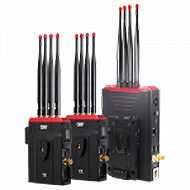 Multi-camera wireless video transmission
Multi-camera wireless video transmission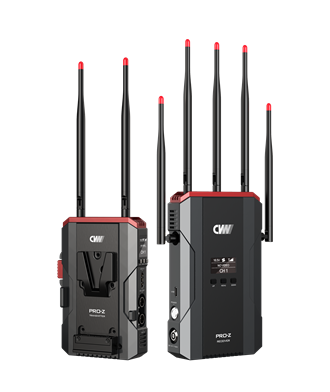 Zero Latency Wireless Video Transmission
Zero Latency Wireless Video Transmission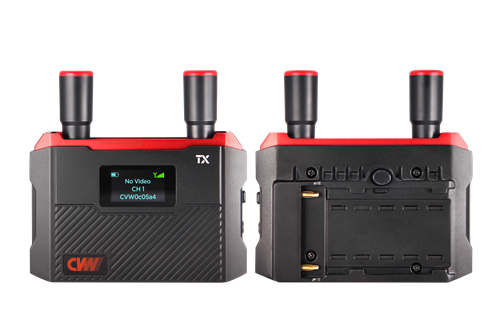
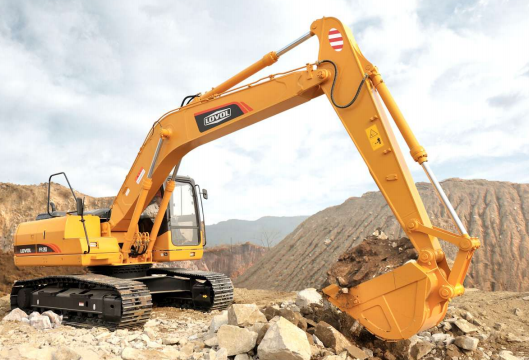 Designed for teleoperating the heavy equipment
Designed for teleoperating the heavy equipment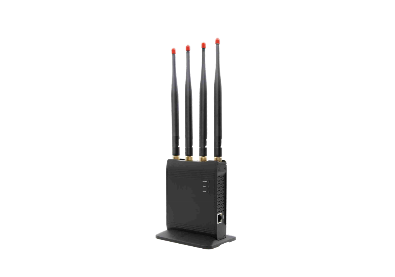 Wireless high-speed data transmission
Wireless high-speed data transmission